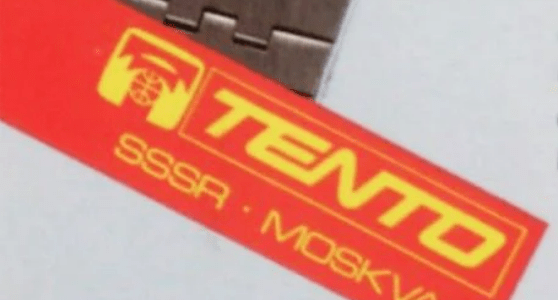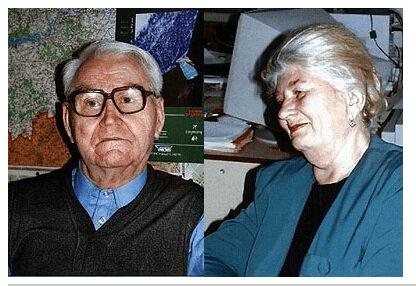TENTO, a significant name in Soviet manufacturing, was renowned for its high-quality optical instruments, particularly binoculars, and various household appliances. Although initially thought to be involved primarily in watch exports, TENTO’s main focus was on producing and exporting a range of other products that gained international recognition during the 1980s and 1990s.

Origins and Products
TENTO was associated with the Zagorsk Optical-Mechanical Plant (ZOMZ), which began operations in 1935. The company produced a variety of optical devices, including binoculars that were highly regarded for their durability and optical clarity. Popular models like the BPC 7×35 and BPC 20×60 were known for their excellent performance and were widely used both within the Soviet Union and abroad. These binoculars were praised for their robust construction and high-quality optics, making them a favorite among outdoor enthusiasts, bird watchers, and hunters (Optics Trade) (REIBERT.info) (Vplate) (REIBERT.info).
Export Activities
In addition to optical devices, TENTO also exported household appliances, including electric irons, which were known for their reliability and practicality. The brand’s extensive product range and quality manufacturing made its products highly sought after in international markets (CycloWiki) (Реальность против мифологем).
TENTO played a role in exporting Soviet watches, although this was more of a complementary activity. The company helped distribute watches from renowned Soviet brands like Vostok, creating catalogs that showcased a range of timepieces. This activity was reflected in multilingual catalogs written in Russian, English, French, Spanish, and German, indicating the broad international reach of TENTO’s marketing efforts (CycloWiki) (Реальность против мифологем).
International Markets
During the 1980s, the Soviet Union, under the economic restructuring policies of Perestroika, sought to increase its hard currency earnings through the export of various goods, including TENTO’s products. TENTO’s exports reached numerous countries across Europe, Asia, and beyond, facilitated by the Soviet Union’s efforts to engage more deeply with international markets. Countries such as Germany, France, the United Kingdom, and several others were notable destinations for TENTO’s exports (CycloWiki) (Реальность против мифологем).
Conclusion
TENTO’s legacy in producing high-quality binoculars and household appliances, alongside its role in distributing Soviet watches, showcases the breadth of Soviet industrial capabilities. The brand’s products continue to be appreciated by collectors and enthusiasts around the world. As interest in vintage Soviet technology grows, TENTO’s contributions to various fields are increasingly recognized and celebrated.



